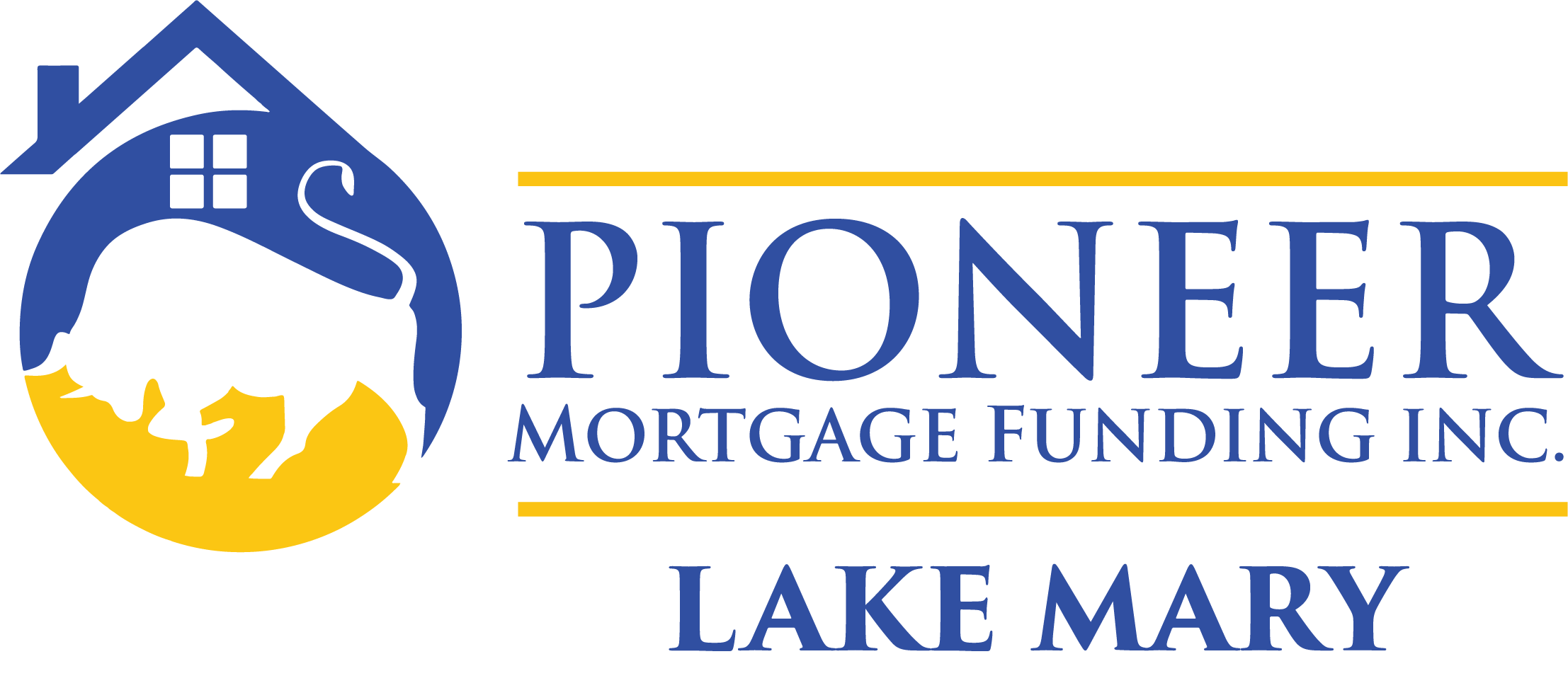Get started
Apply Now
Complete our application and a loan specialist will review and contact you.
How Much Mortgage Can I Qualify For?
Before educating yourself on the types of loans that are out there, asking yourself “how much mortgage can I qualify for” is a great first step to take. If you haven’t done so, below is a free resource to calculate how much you can qualify for.
Construction To Permanent Loan
A Construction-to-permanent loan is when you borrow money to pay for the initial construction. When it’s time for you to move in, the lender converts the loan balance into a permanent mortgage. It’s two loans in one. Your new home must be an owner-occupied primary residence or a second home. The property type must be a one-unit, single-family detached home, and you are required to choose a licensed general contractor to build your home.
30 Year Fixed Rate Mortgage
The financial security of a 30-year fixed-rate mortgage makes this the preferred loan product for many borrowers. The fixed-rate of this mortgage product is helpful for those who find budget planning important, and with rates at historic lows, this is can be especially appealing to those who plan on staying in the same house for a long time. Monthly payments will only adjust if a change is made to your homeowner’s insurance or property taxes, or both of those items are paid with your mortgage each month.
While the 30-year term will keep the payments lower than a shorter-term loan, the drawback is that you pay more interest over the length of the loan compared with shorter-term loans. In the early years of the mortgage – when the largest portion of your payment is going toward interest – you are not building significant equity in the property.
This is why it is important to consult with a mortgage professional. An experienced loan officer will review your short-term and long-term goals with you. This will help determine if a fixed rate or adjustable-rate mortgage is right for you, as well as the term of the loan. Our loan officers are ready to help you make this decision; contact us today!
Reverse Mortgage
Improve your life by cashing in on your home’s equity. Whether seeking money to finance a home improvement, pay off a current mortgage, supplement their retirement income, or pay for healthcare expenses, many older Americans are turning to “reverse” mortgages. They allow homeowners 62 years and older to convert part of the equity in their homes into cash without having to sell their homes.
In a “regular” mortgage, you make monthly principal and interest mortgage payments to the lender. But in a “reverse” mortgage, you receive money from the loan and generally don’t have to pay it back for as long as you live in your home and continue to follow the loan guidelines. It is important, however, to keep in mind that payments for taxes and insurance still must be paid. The loan must be repaid when you die, sell your home, or no longer live there as your principal residence. Reverse mortgages can help homeowners who have a considerable amount of home equity and would like to stay in their homes and still meet their financial obligations.
- Single-purpose reverse mortgages, which are loans offered by some state and local government agencies and nonprofit organizations.
- Federally-insured reverse mortgages, which are known as Home Equity Conversion Mortgages (HECMs), and are backed by the U.S.
- Department of Housing and Urban Development (HUD). Proprietary reverse mortgages, which are private loans that are backed by the companies that develop them.
Single-purpose reverse mortgages generally have very low costs. But they are not available everywhere, and they only can be used for one purpose specified by the government or nonprofit lender, for example, to pay for home repairs, improvements, or property taxes. In most cases, you can qualify for these loans only if your income is low or moderate.
Reverse mortgage loan advances are not taxable and may not affect Social Security or Medicare benefits. We recommend you speak with your benefits plan administrator and tax advisor for more information on how a reverse mortgage will impact your situation. You retain the title to your home and do not have to make monthly principal and interest mortgage repayments. The loan must be repaid when the last surviving borrower dies, sells the home, or no longer lives in the home as a principal residence. The borrower continues to pay all property-related fees, taxes, and insurance.
∗These materials are not from HUD or FHA and were not approved by HUD or a government agency. Counseling Required
USDA Loans
The United States Department of Agriculture, or USDA, has developed a home loan guarantee program, aimed towards fostering rural development and helping qualified borrowers obtain mortgages in rural areas. With its many benefits and easier qualifications, USDA loans are a viable option for many people, including low-income families who may not otherwise be able to afford a home.
- No down payment required: Whereas many conventional loan programs require a 20% down payment, many USDA loans allow zero % down payment. With the ability to receive financing up to 100% of the appraised home value, homebuyers don’t have to spend any money out of pocket.
- Competitive 30-year fixed interest rates: With the guarantee of the federal government, a lender can offer the lowest interest rates to qualified individuals and families.
- Flexible credit guidelines: Although a credit report must be pulled, the USDA Rural Development program has less stringent credit guidelines, allowing potential homeowners with poor credit the ability to qualify for a home loan.
- No maximum purchase limit: The USDA Rural Development program has no maximum purchase price limit. However, a lender will still determine the maximum amount of loan each applicant is eligible for based on the ability to repay.
It is important to note that USDA loans were not exclusively designed for single-family housing. The loans may be applied to new homes; pre-existing homes; condominiums; townhouses; land and the cost of building a home; commercial property; and farms and equipment.
While there are many benefits of USDA loans, there are also certain criteria you must meet in order to be eligible, including the location of the house, household income, credit history, and the number of dependents claimed.
The team at Ocean’s Lending is well-versed in USDA guidelines, so speaking with one of our loan officers will help you get on the right track. You may also visit the USDA website to find houses located in eligible rural areas defined by the USDA.
Conventional Financing
Getting a mortgage can be confusing.
There are lots of terms you may not be familiar with and of course, major decisions to be made. Basically, loans fall into two main categories: government and conventional. Government loans include FHA loans (Federal Housing Administration), VA loans (Department of Veterans Affairs) and USDA rural development (United States Department of Agriculture). All other mortgages are considered conventional.
When you go with conventional financing, the terms and conditions of your mortgage must meet the funding criteria of Fannie Mae and Freddie Mac, two government-sponsored enterprises established to secure mortgages in the form of mortgage-backed securities. These mortgages may be fixed-rate or adjustable-rate mortgages.
There are several benefits to having a conventional mortgage.
Because individual lenders – not the federal government – set the fees and rates, conventional financing can often have both lower fees and rates. Additionally, the lender may allow borrowers to offer collateral other than the property mortgaged. This is a particular benefit to borrowers with limited access to credit.
For some, though, conventional financing may not be feasible. Conventional loans generally require larger down payments than government-backed loans, making it difficult for many borrowers who do not have enough money saved to spend out-of-pocket. Interest rates are also set by individual lenders and can exceed those of FHA and VA loans, both of which are government-backed. However, for the most part, rates for conventional loans and for FHA loans do not vary significantly, as they are both competing in the same market.
Additionally, if the loan has an LTV (loan-to-value) greater than 80 percent, a borrower is required to purchase Private Mortgage Insurance, which can be paid monthly. This is not insurance for you – the homebuyer. This is insurance for the lender in case of defaulting on your loan. Please note that once your LTV drops below 80, you will also be able to drop the PMI, making conventional financing attainable for more people.
With all of these factors to consider, it is not easy to decide which type of financing is right for you. One of our mortgage professionals can assist you in making this decision. A brief application will help determine what you are eligible for , and a full application will provide further details. Your loan officer will be able to review your options with you and show you how the costs break down compared with one another, allowing you to make an informed decision on your home loan.
Start Your Online Application!
“How much mortgage can I qualify for?” is a question in the past! Now that you have a good understanding of how much you can afford, followed by the types of mortgage loans out there. The next step is to start an online application to see what you qualify for. As one of Lake Mary’s top-rated mortgage brokers, we can help get you pre-qualified, pre-approved by a lender, or help you obtain a commitment letter from a lender in as little as one day.


